Biography
Wilson-Pajic was born in Peru, Indiana in 1941. She studied art, literature and psychology in Indiana and graduated from Cooper Union, New York in 1972 with a BFA.
Wilson-Pajic began her work in new media in the mid-1960s in New York, installing taped texts “In Situ” in everyday environments, and recording her performance works. In 1973, when she was invited to participate in a performance series at Artists Space in New York, she installed taped texts dealing with such issues as art world celebrity (Limelight) and women’s daily lives (Visiting Hour), which created a polemic in the art world because of their form as well as their contents.
As one of the founders of A.I.R. Gallery in New York, the first women's cooperative gallery, Wilson-Pajic was actively implicated in alternative spaces with artworks not yet accepted in more traditional environments. A solo exhibition, at 112 Workshop at 112 Greene Street in 1974, introduced her into the international avant-garde scene where she played an important role throughout the 1970s with her text-sound installations and narrative feminist works (My Grandmother's Gestures, Roles, Disguises...) in Europe and the United States, using the name Nancy Wilson Kitchell. [1]
In 1979, Wilson-Pajic moved to Paris and undertook research on the influence of photography on our understanding of the artworks documented, specifically the tendency of the image to transform difficult content into more conventional, pictorial form. She began experimenting with photographic printing processes, exploring the relations between techniques, subjects, sequences and text. Her first exhibition in a photography context was a solo show at the Musée National d’Art Moderne in the Pompidou Center, Paris in 1983. [2]
Text soon reintegrated her work in a series of large-scale subtitled images (V.O. Soustitré 1985-88) and quickly reassumed its dominant position in her work.
After summing up her experiments with the image in three major museum retrospectives: at the Musée Cantini (1990), the Musée National (1991) and a double retrospective of photographic works and installations in two museums in Aurillac (1992), and after creating, in collaboration with Slobodan Pajic, large-scale photograms in cyanotype of human figures (Falling Angels) and of garments from museum collections (notably Les Divas from the Nouveau Musée National de Monaco) and from Christian Lacroix Haute-Couture (The Apparitions and Les Déesses), she resumed her work in space, creating installations composed of texts and ordinary objects, and continues to explore relations between text, context and space.
Wilson-Pajic's work is represented in museums and other public collections throughout the world, notably the Musée National d’Art Moderne in Paris, the Nouveau Musée National de Monaco, the Dailim Museum in Seoul, The Artphilein Foundation, The Kunstmuseum Liechtenstein in Vaduz, the Museet for Photokunst in Odensee, the Moscow House of Photography, the French National Collection (Fonds National d’Art Contemporain, Paris), Moderna Galerija in Ljubljana, Slovenia, Musée Cantini in Marseille, and the Musée Réattu in Arles.
She was named Chévalier de l'Ordre des Arts et des Lettres by the French Ministry of Culture in 1996.

Jean-Paul Riopelle, was a Canadian painter and sculptor from Quebec. He had one of the longest and most important international careers of the sixteen signatories of the Refus Global, the 1948 manifesto that announced the Quebecois artistic community's refusal of clericalism and provincialism. He is best known for his abstract painting style, in particular his "mosaic" works of the 1950s when he famously abandoned the paintbrush, using only a palette knife to apply paint to canvas, giving his works a distinctive sculptural quality. He became the first Canadian painter since James Wilson Morrice to attain widespread international recognition and high praise, both during his career and after his death. He was a leading artist of French Lyrical Abstraction.

Marcel Broodthaers was a Belgian poet, filmmaker, and visual artist.

ORLAN is a French multi-media artist who uses sculpture, photography, performance, video, video games, augmented reality, artificial intelligence, and robotics as well as scientific and medical techniques such as surgery and biotechnology to question modern social phenomena. She has said that her art is not body art, but 'carnal art,' which lacks the suffering aspect of body art.

The Palais de Tokyo is a building dedicated to modern and contemporary art, located at 13 avenue du Président-Wilson, facing the Trocadéro, in the 16th arrondissement of Paris. The eastern wing of the building belongs to the City of Paris, and hosts the Musée d'Art Moderne de Paris. The western wing belongs to the French state and since 2002, has hosted the Palais de Tokyo / Site de création contemporaine, the largest museum in France dedicated to temporary exhibitions of contemporary art.
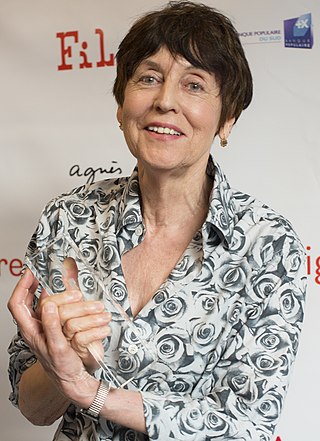
Annette Messager is a French visual artist. She is known for championing the techniques and materials of outsider art. In 2005, she won the Golden Lion Award at the Venice Biennale for her artwork at the French Pavilion. In 2016, she won the prestigious Praemium Imperiale International Arts Award. She lives and works in Malakoff, France.
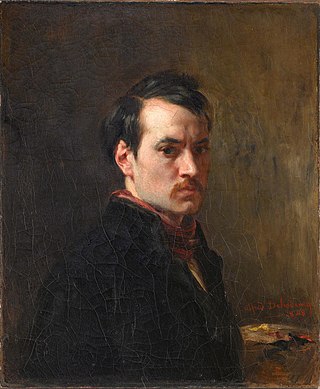
Alfred Dehodencq was a French Orientalist painter known for his vivid oil paintings of Andalusian and North African scenes.

Su-Mei Tse is a Luxembourgian musician, artist and photographer. Her work combines photography, video, installations and music. In 2003, she received the Golden Lion award at the Venice Biennale for the best national participation.
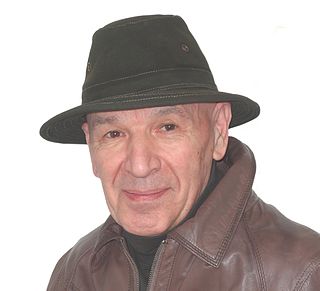
Slobodan Pajic is a visual artist who uses a variety of media in his plastic research. He began very early to work with new technologies to create unique abstract and graphic forms, employing a series of chance techniques at the limits of technology, which he transforms into video films, graphics, installations and sculptures.
Nil Yalter is a Turkish contemporary feminist artist. She attended Robert College in Istanbul, Turkey and currently lives and works in Paris. Her work, which is included in many collections and museums, includes not only drawings and photographs, but also videos and performance art. In fact she is the first Turkish female video artist.

Tania Mouraud is a contemporary French video artist and photographer.
Silvie Defraoui is a visual artist born in St. Gallen in 1935.
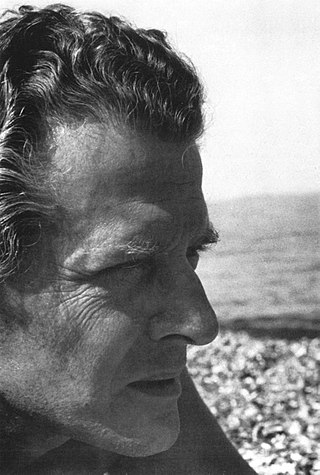
Leonardo Cremonini (1925-2010) was an Italian visual artist.

Carmen Lydia Đurić, known by her artist name Hessie, was a Cuban textile artist who lived in France from 1962 until her death. Her creative work was mainly focused on embroidery using fabrics, although she also used the technique of collage with waste materials.
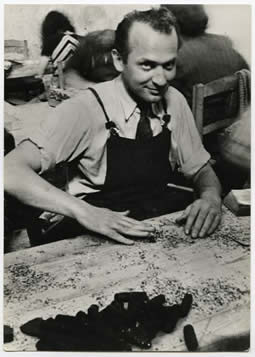
Jacques Hérold was a prominent surrealist painter born in Piatra Neamț, Romania.
Barbara Steinman is a Canadian artist known for her work in video and installation art.
Delphine Coindet is a French installation artist.
Martine Aballéa is a French-American artist born in 1950.

Jean Degottex was a French abstract painter, known in particular for his initial proximity with the lyrical abstraction movement of the 1950s and 1960s. He is considered an important artist of the abstraction movement in the second half of the twentieth century and a significant inspiration for contemporary art. Degottex was particularly inspired by East Asian calligraphy and Zen philosophy in achieving the erasure of the creative subject.
Bertrand Lavier is a French conceptual artist, painter and sculptor, belonging to the post-readymade era, inspired by the Duchampian legacy and the Nouveau réalisme, the artistic movement created by the art critic Pierre Restany in 1960. Lavier studied at the École Nationale Supérieure d'Horticulture in Versailles, France in 1968-1971.

Jean Le Gac is a French conceptual artist, painter, pastelist, photographer using mixed media, frequently video or photography and text to document his investigations and sketched scenes. His poetic photographic interventions in which he is most often the main subject are accompanied either by typed text describing the underlying story in the artwork or handwritten notes in the art piece itself. Member of the Narrative art movement since the seventies, Le Gac ofttimes tells a story about an imaginary character that viewers can easily identify with the artist himself. He calls it a “metaphor for painting." Le Gac also uses the artist's book as a central part of his art practice. Le Gac is a Professor and lecturer at Institut des hautes études en arts plastiques.














